8 Cold Emailing Myths: Busting Email Outreach Misconceptions
Cold emailing gets a bad rap — but mostly because it’s misunderstood. Somewhere along the way, myths and outdated practices started masquerading as truths, leaving marketers and sales teams hesitant or ineffective. Let’s bust some of the most common cold emailing myths, so you can build smarter, more confident outreach strategies.
Myth 1: Cold Emails Are Just Spam
This is the most widespread misconception — and the one that hurts the most. Cold emails are not spam if they are personalized, relevant, and respectful. Spam is unsolicited, generic, and sent en masse without targeting. A good cold email feels like a one-to-one conversation with value on both sides.
Think of it this way: if a stranger walked up to you and said something deeply relevant to your work or goals, would you consider that spam? Probably not. Cold emailing is about context, not just contact.
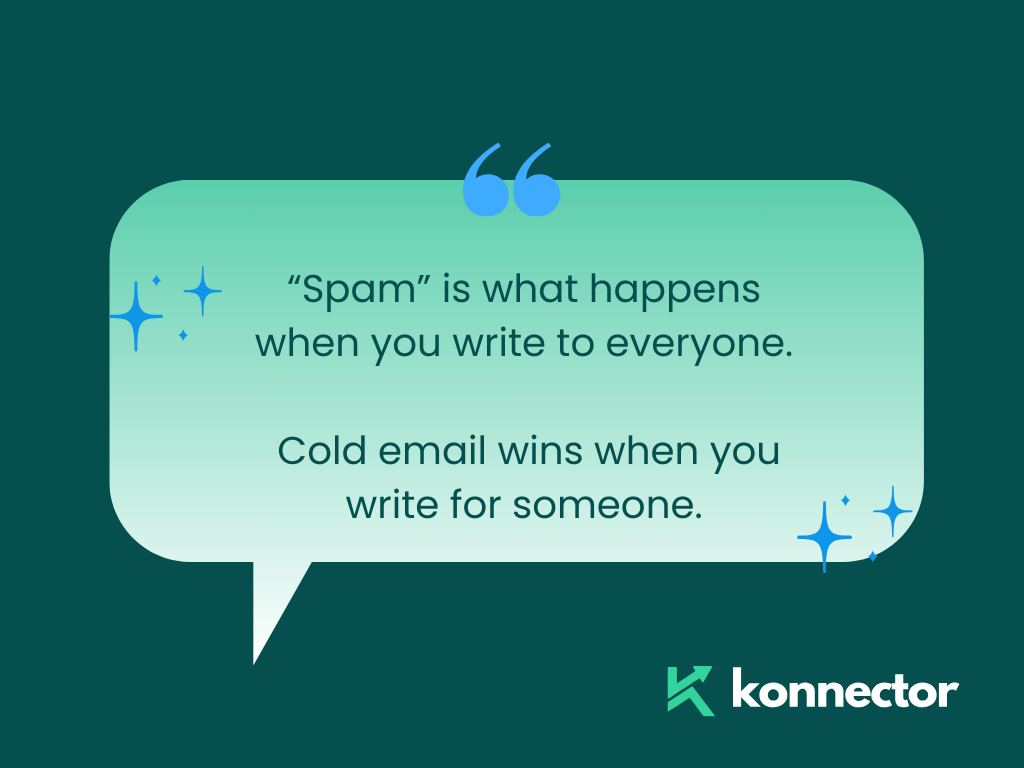
Myth 2: No One Reads Cold Emails Anymore
False. The truth is, people still read cold emails — especially if they’re well-written and timely. In fact, according to Mailchimp and HubSpot stats, cold emails with personalized subject lines and tailored content can get open rates between 20% and 45%.
The key lies in knowing your audience and writing like a human, not a template machine. If your email looks like it was written for someone specific — and offers something useful — it stands a much better chance of being read.
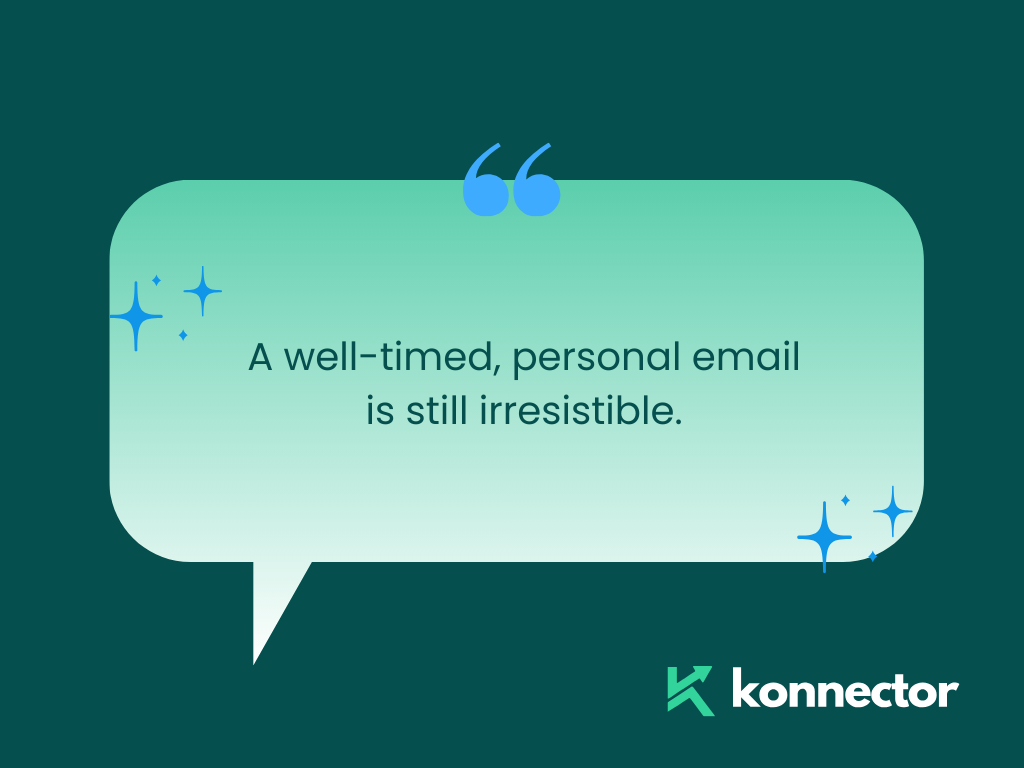
Myth 3: The First Email Must Contain Everything
Another common mistake is cramming every detail about your product, company, or pitch into the very first email. Overwhelming your reader is a quick way to end up in the trash folder.
Cold emailing is like dating — you don’t propose in the first message. Use the initial email to spark curiosity, start a conversation, or offer something small and valuable. Think one clear message, one clear CTA.
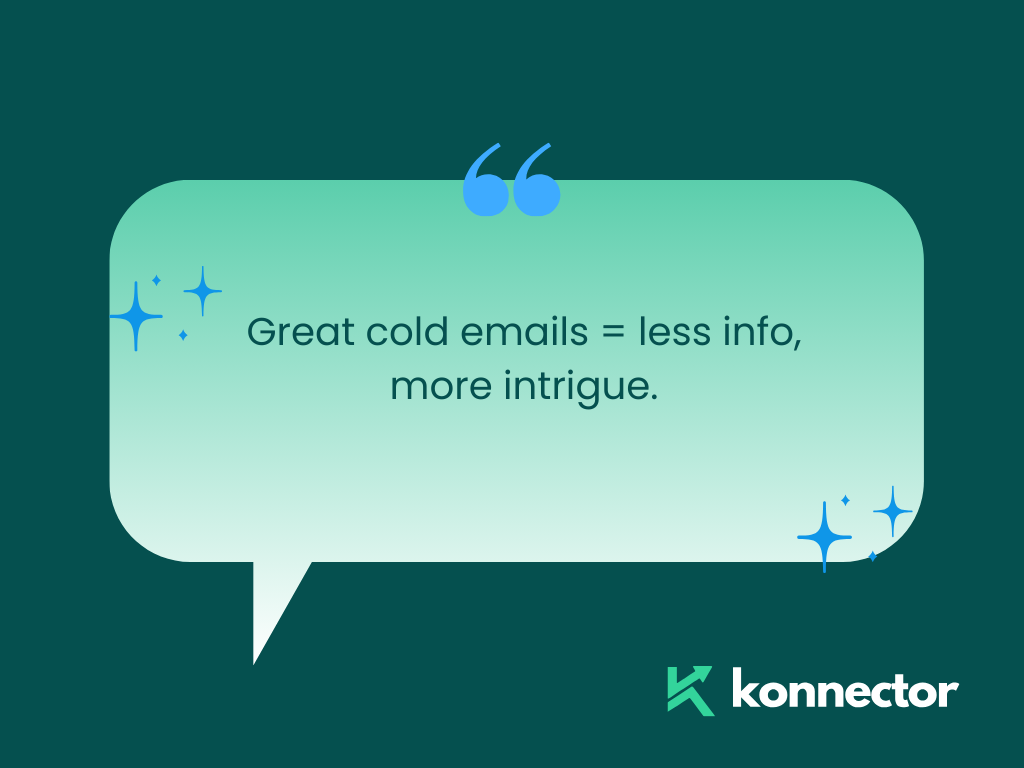
Myth 4: You Should Always Follow a Rigid Formula
While it’s helpful to use a structure (like opening, value prop, CTA), sticking to one rigid formula can make your outreach feel robotic. What works for SaaS founders might not work for HR leaders. Cold emails should adapt to the audience and the context.
Sometimes a bold one-liner works. Sometimes a story does. Test different formats, tones, and hooks — and don’t be afraid to break the formula if it feels forced.
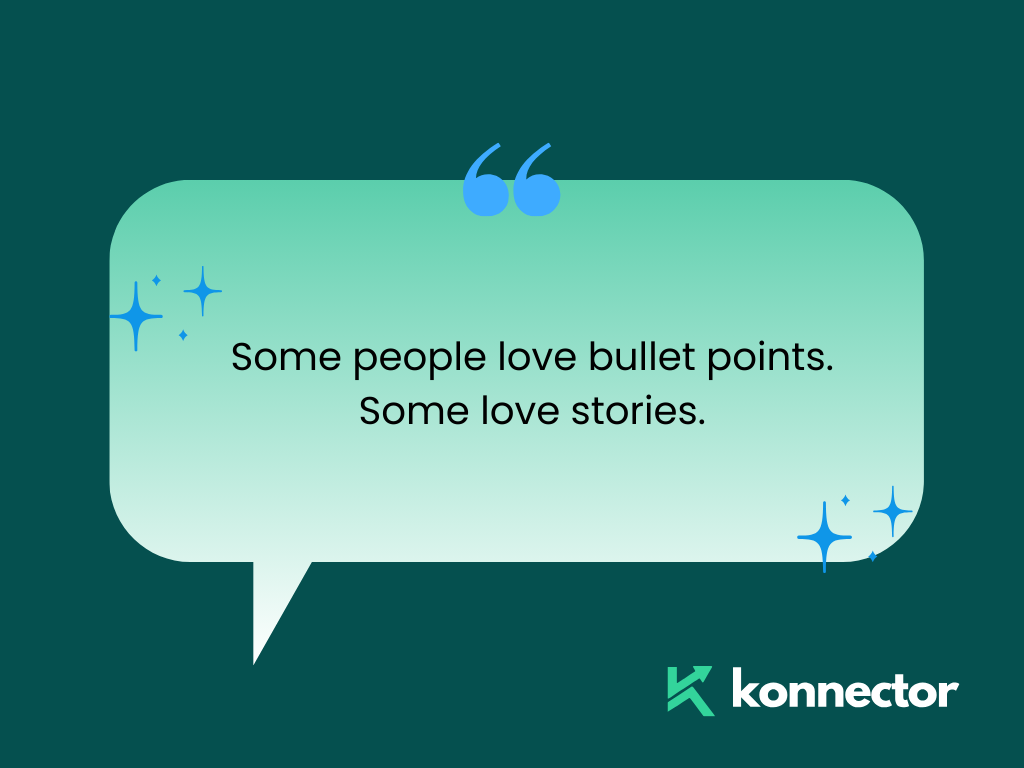
Myth 5: If They Don’t Reply After One Email, They’re Not Interested
This is perhaps the most self-defeating belief. Most responses come after the second or third follow-up — not the first. In fact, studies show follow-up emails can increase reply rates by up to 65%.
The trick is to follow up with value, not pressure. You can share a new insight, reference a recent event, or even add humor. People are busy. A well-timed nudge can be the difference between delete and reply.
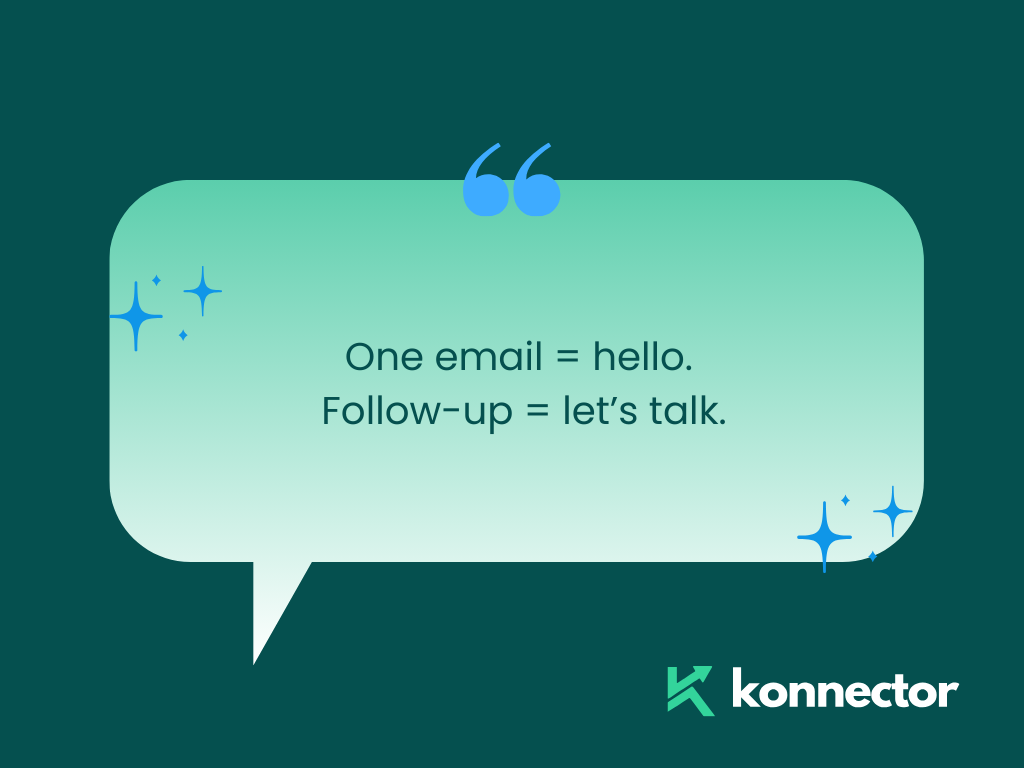
Myth 6: You Should Always Avoid “Cold” Words Like ‘Buy’, ‘Pitch’, or ‘Sell’
Over-sanitizing your email to avoid sounding “salesy” can dilute your message. It’s okay to mention buying, pitching, or selling — if the context makes sense and the message is respectful. Being transparent can actually build trust.
What matters is tone. “I’d love to show you a quick demo if you’re exploring better outreach tools” sounds far better than “Schedule a call to buy our amazing product.” You’re not avoiding selling — you’re inviting a solution.
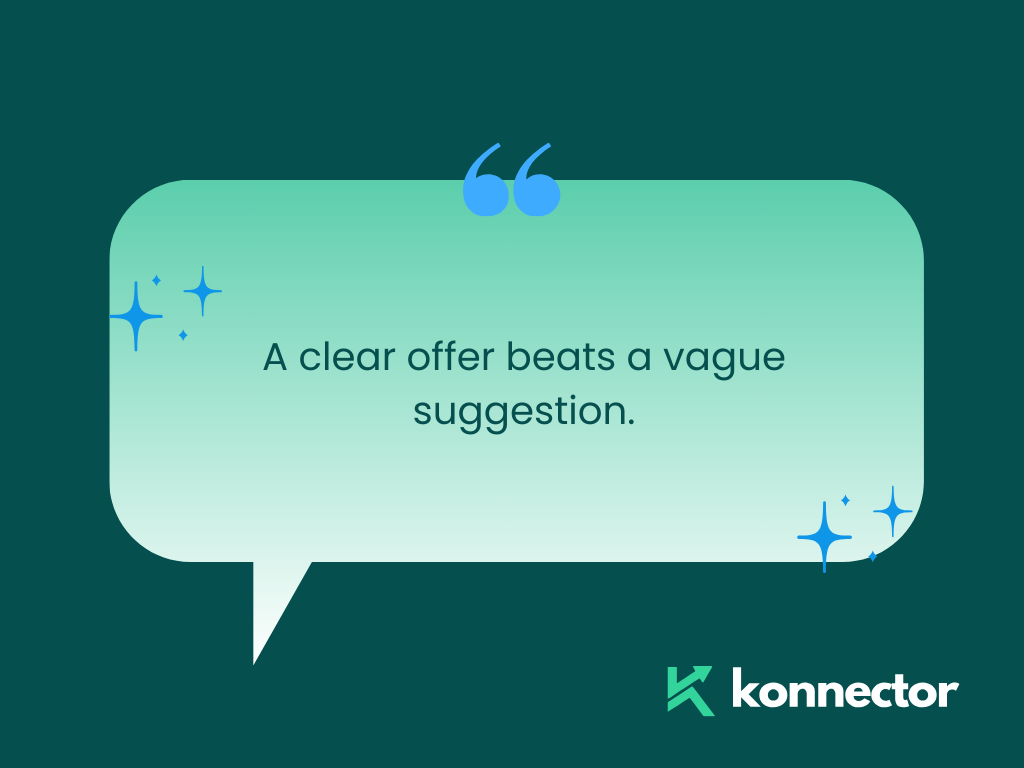
Myth 7: Cold Emailing Is Dead Because of LinkedIn DMs
Social platforms like LinkedIn have become powerful outreach tools, but that doesn’t mean cold emailing is dead — far from it. In fact, the best outreach strategies often combine email and social touches for maximum impact.
LinkedIn is great for warming up connections, but email still offers a direct, professional, and structured format for communication. Cold emailing works — especially when paired with smart timing and personalization.
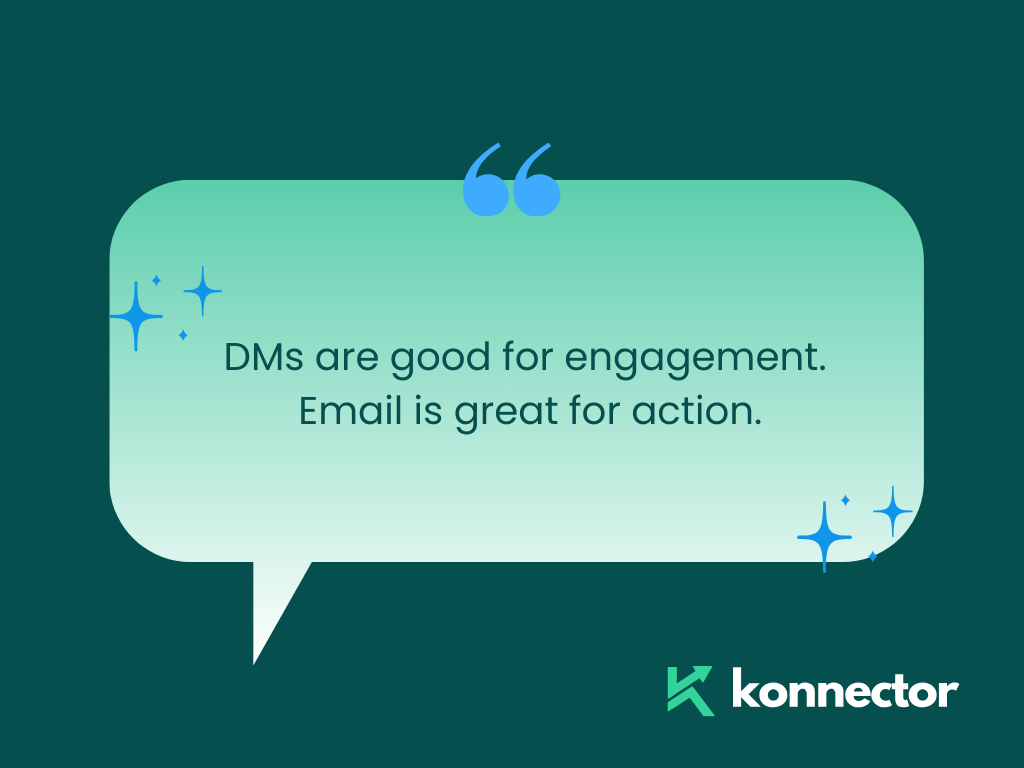
Myth 8: Cold Emails Don’t Work in Competitive Industries
This myth assumes that inboxes are too crowded to stand out. The truth? Cold emails work in every industry — if you focus on relevance, timing, and personalization.
Instead of blasting generic messages, smart senders use niche-specific pain points, trigger events (like funding rounds or job changes), or even shared content as icebreakers. In a noisy space, relevance is your loudest voice.
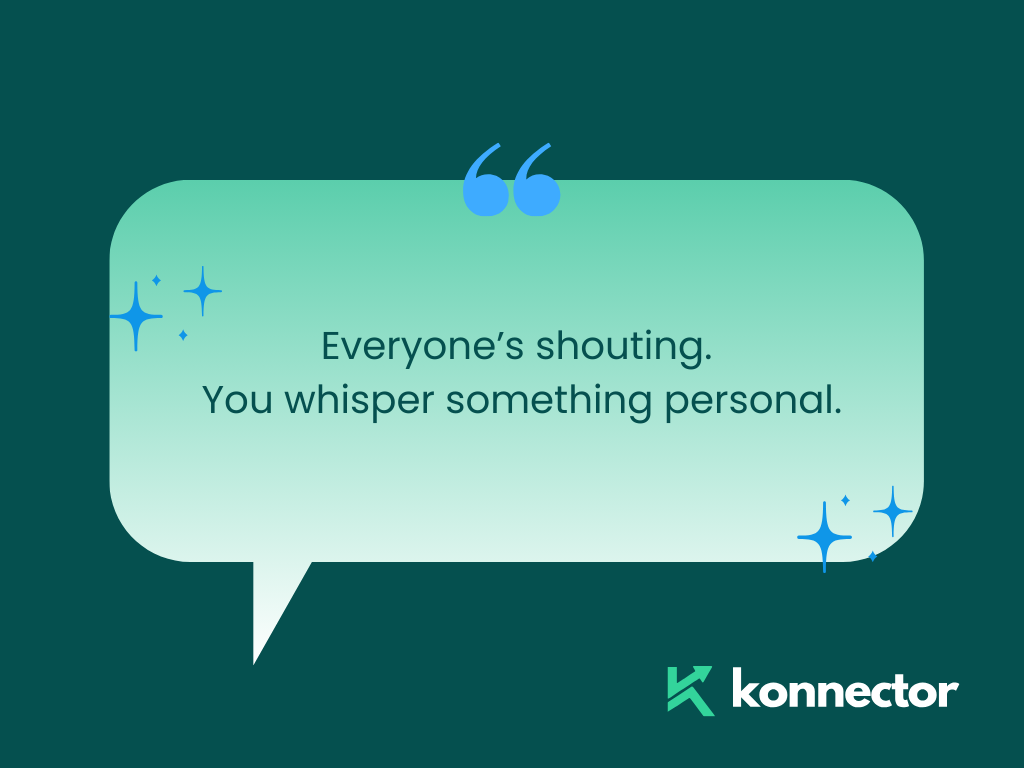
Final Thoughts: Cold Emailing Is Alive and Well — If Done Right
When people say cold emailing doesn’t work, what they usually mean is: bad cold emailing doesn’t work. If you’re sending copy-pasted messages to 1,000 people with no personalization, you’re setting yourself up for failure.
But if you take time to craft thoughtful messages, follow up with purpose, and speak like a human — cold emailing can still open doors, spark conversations, and drive real results.
Looking for Smarter, More Human Outreach?
If you’re looking to automate your LinkedIn outreach without sounding like a bot, Konnector can help. While this article didn’t focus on any tool, we know how important it is to do outreach the right way — with context, customization, and compliance built in.
Whether you’re new to cold messaging or refining your outbound strategy, Konnector gives you the tools to send messages that actually get replies — not just opens.
Explore Konnector.ai to see how you can combine AI, timing, and personalization — at scale.
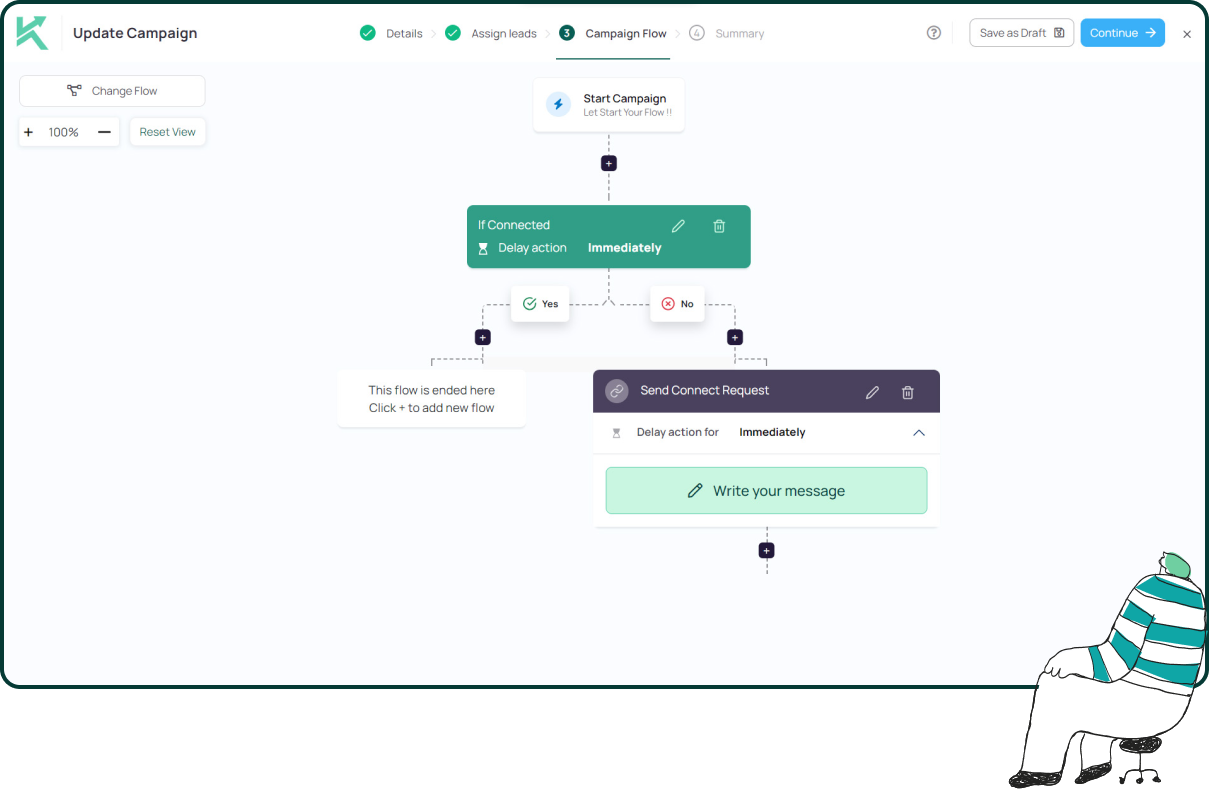
11x Your LinkedIn Outreach With
Automation and Gen AI
Harness the power of LinkedIn Automation and Gen AI to amplify your reach like never before. Engage thousands of leads weekly with AI-driven comments and targeted campaigns—all from one lead-gen powerhouse platform.
Frequently Asked Questions
Yes — cold emailing is legal in most regions if you follow data privacy laws (like GDPR or CAN-SPAM). That means providing a clear opt-out, identifying yourself, and emailing only relevant business contacts.
Spam is unsolicited, irrelevant, and sent in bulk with no targeting. A cold email, on the other hand, is personalized, targeted, and offers value to the recipient — making it a legitimate outreach tool.
Ideally, send 2–4 follow-ups spaced a few days apart. Most replies come after the second or third touchpoint — just ensure every follow-up adds new value or context.
Relevance, brevity, and personalization. A strong subject line, a clear value proposition, and a friendly tone go a long way in getting noticed.
Absolutely. The key is to be hyper-relevant — tailor your message to the recipient’s role, current priorities, or recent activity. In noisy markets, specificity wins.
Keep it light. The first email should aim to start a conversation, not close a deal. Focus on curiosity and connection, not conversion.
Yes — both channels work well when combined. LinkedIn is great for warming up leads, while cold email remains a direct, professional channel for structured communication.
Avoid hype-heavy words like “guaranteed,” “amazing,” or “urgent” unless they truly fit. Instead, focus on clarity and credibility. It’s okay to mention “demo,” “buy,” or “solution” — if done respectfully.






